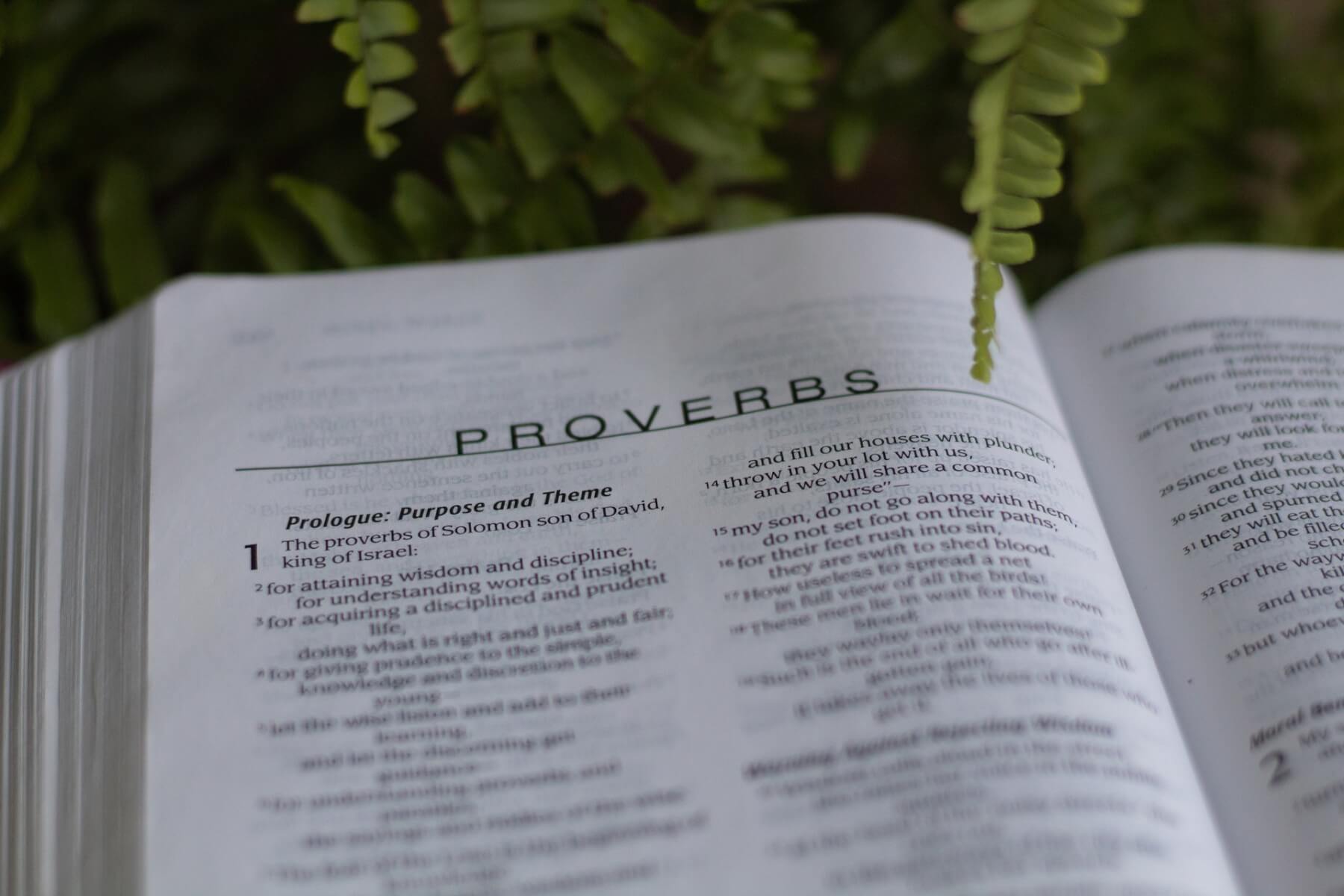The Cain and Abel narrative is among the earliest accounts of sibling discord, envy, and catastrophic outcomes, with some speculating they were twins. Cain, after executing the first documented homicide in biblical chronicles, manifests a profound fear of retribution. What has intrigued many throughout the centuries, however, is who exactly was Cain terrified of?
What Was Cain Afraid Of?
To understand the crux of Cain’s fear, it’s vital to revisit the circumstances that led to his trepidation. Upon confronting him about Abel’s murder, God pronounces punishment on Cain, condemning him to be a restless wanderer on the Earth.

Cain, in response, voices his fear: “Today you are driving me from the land, and I will be hidden from your presence; I will be a restless wanderer on the Earth, and whoever finds me will kill me” (Genesis 4:14). This statement implies that other people, beyond Adam, Eve, and their immediate family, existed at that time. This could indicate that Abel was a bit older than we realize at the time of his death.
The Mark God Gives Cain
The protective mark, or ‘owth’ in Hebrew, given to Cain is a central element of this narrative. The term ‘owth’ generally translates as a “sign.” While the Bible doesn’t provide specifics about this mark’s appearance, its primary purpose was unequivocal: to shield Cain from potential retaliation by others.
Some have speculated that this mark might have been a distinctive scar or perhaps a unique tattoo, but such conjectures are not founded on scriptural evidence.
Historically, a misguided interpretation of this mark has had far-reaching consequences. Some, without any biblical basis, posited that the mark was dark skin, linking it inappropriately to a curse. This wrongful interpretation was, tragically, employed as a justification for heinous acts like the African slave trade and various forms of racial discrimination.
But it’s essential to note that the Hebrew ‘owth’ makes no mention of skin color. The curse God pronounced was specific to Cain, and it wasn’t something that could be genetically passed down. Furthermore, considering that Cain’s lineage likely perished in the Great Flood, it’s improbable that his descendants bore any lasting legacy of the mark.
Who Exactly Was Cain Scared Of?
So, returning to our central query: who exactly was Cain afraid of? The Bible doesn’t offer an exhaustive list of Earth’s inhabitants at that time. However, considering Cain’s fear of retribution, it suggests a world more populated than just his immediate family. Adam and Eve, as described in the scriptures, had other sons and daughters.
Over time, with the long lifespans documented in early Genesis, the Earth’s population would have grown considerably. Cain’s fears, therefore, were likely directed at a broader community of distant relatives and other descendants of Adam and Eve.
The story of Cain and his mark serves as a poignant reminder of the complexities woven into the tapestry of biblical narratives. While we may never fully know the nature of Cain’s mark or have a complete understanding of the world’s demographic in his era, one thing is clear: Cain’s fears stemmed from a burgeoning human population. Misinterpretations and unfounded speculations about this mark have led to unfortunate historical consequences, emphasizing the importance of grounding our understanding in scriptural evidence rather than baseless conjecture.
We know that after murdering Abel, Cain took a wife, but he likely lived a burdensome life.





